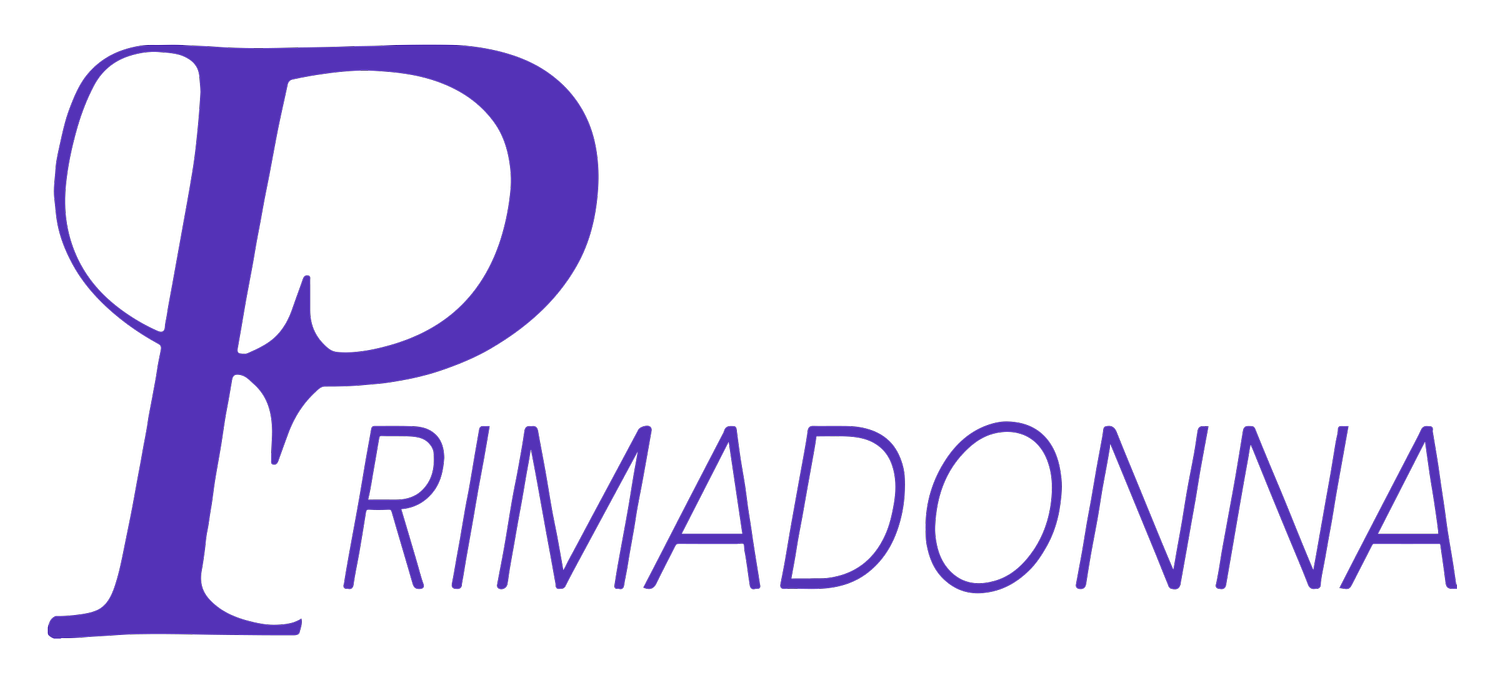On the House
(Left to Right) Look 1 Skirt: Beacon's Closet Look 2 Pants: Beacon's Closet Look 3 Top and Pants: Beacon's Closet
Discoballs, men in tight tank tops, women in cheetah print dresses, and a sea of sweat that drenched the dance floors of sketchy Harlem warehouses—These are the makings of the house music scene of New York City.
When we think of house music today, there’s an unfortunate white and straight washing of the genre, with the most revered artists being David Guetta and Calvin Harris. In reality, the pioneers were two New York City teenagers: Frankie Knuckles and Larry Levan. The world was slowly saying goodbye to Donna Summer’s disco and in the busy city of Chicago a new music genre was forming with a consistent 4/4 rhythm and tempo of 120 beats per minute.
At the same time that the house music scene was on the rise, a more tragic phenomenon was growing as well. In a time when the rapid deaths of members of the queer community were being shoved, forced, and beaten under the rug, gay and trans people were looking for any ounce of joy, camaraderie, and escapism they could find. House music spaces served as a safe haven for queer people to gather at a time when members of the queer community were being ostracized as a result of the AIDS epidemic.
In old photographs, you can see nothing but short shorts, glossy sheens of sweat-drenching foreheads, and a crystal clear coolness and edge that only came from the authenticity of a shameless and audacious community. But most of all, what you see is joy. Whether shown through passionate kisses, thrashing of wild hair, or closed eyes, heads thrown back, and instances of laughter, one thing was certain: this community needed house music.
Like most things in history, when black creations reach a level of astronomical popularity, white, straight, cishet communities sneak their way in. What starts off as an innocent attempt to discover a new culture is quickly snatched away and gentrified into white inventions. House music is suddenly called EDM;Skrillex is now viewed as the most innovative artist in the genre. Queer BIPOC artists are erased from history books that never included them in the first place and their contributions are lost.
That’s how it was for decades, house music being reduced to Selena Gomez and Zedd collaborations, until an album release would shift the culture back in black queer people’s favor. Beyonce’s Renaissance album took the world by storm and, like a lost diamond, she returned house music back to its rightful owners. The lead single off the album, “Break My Soul,” caused a regression to the past, but in the best way possible, with its messages about the Great Stagnation, a cultural movement during the pandemic in which people quit their jobs en masse.
Similar to house music of the 80s, the entirety of the album allowed for an escapism that people so desperately needed after the pandemic and political strife of the past 3 years with the murder of George Floyd, the passing of transphobic legislation threatening trans youth throughout the country, and the overturning of Roe V. Wade. In a way, just as much as music is taking us back to the 80s, so are the politics. Garnering 3 Grammy wins, Renaissance has made it clear that house music is back and here to stay for a while.
Beyonce is just one of many black artists carrying the house music genre on their back. You’re lying if you say that Azealia Banks’ “212” doesn’t make you dance until your stilettos break. Venus X, a native New Yorker, DJ, and fashionista in her own right, knows how to throw down a beat like no other. As a Dominican and Ecuadorian artist, rhythm and flavor come naturally to her and she cements herself as one of the future greats with her techno and Latin fusion.
In preparation for the summer, we must temporarily say farewell to our grandpa sweaters and sad girl winter playlists (filled with Phoebe Bridgers and Ethel Cain, no doubt) and we must instead welcome Diesel chrome belt skirts and Tassia Reis playlists. The air smells of underground warehouses and messy eyeshadow, and the growing popularity of the indie sleaze aesthetic seems like a match made in heaven for the heavy bass line of house music. Nightlife event producer, Lusthill Programming stands out in the way their warehouse parties feel almost reminiscent of the parties of old hosted by Frankie Knuckles. With parties that take place in the deep parts of Brooklyn and the best of Washington Heights, it seems as if people of color can finally reclaim the art of partying and the house community without having to travel to the East Village to do it. No longer do people of color and queer people have to struggle to enjoy a subculture they created. It’s theirs for the taking, there for their reclamation.
Editor in Chief, Creative Dir: Pilar Bradley
Creative Dir, Music Curator: Gracie Kahn
Editorial Dir: Nadia Adams
Sr. Photo Dir: Phillip Lewis
Sr. Fashion Dir: Monica Robles
Jr. Photo Dir: Justice Tilford
Editor at Large: Madison Collins
Models: iVANA Le’Mia Mindingall Xavier Williams
Photographer: Carlyn Marinaccio
Lighting Assistant, Social Media and PR Dir: Maddie Paradise
Stylist: Dani Dipre
Assistant Stylist: Anja Husemann
Makeup Artist, Hair Stylist, Senior Beauty Dir: Gillian Tokar
Videographer, Production and Set Dir: Luna Abreia
Graphic Designer: Caitlin Yackley



